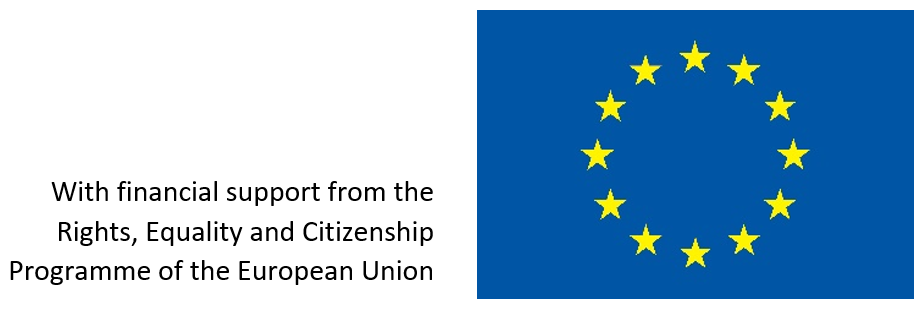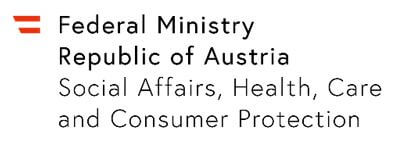The importance of computer algorithms has been increasing in the decision-making process. The potential of the development of these tools is immensely vast, be it in hiring, online advertisement or healthcare. According to Business Insider, the spending on AI in healthcare was projected to grow at a 48% annual rate, between 2013 and 2017.
As not so rational creatures, we’re prone to make decisions without critically understanding the reason behind them. This leads to unreasonable choices and inhibits the potential for growth and improvement.
The Future Healthcare Journal states that the most common application of machine learning in healthcare is precision medicine, which allows for a higher rate of treatment success. Artificial intelligence can also automate administrative tasks, such as updating patient records, billing and pre-authorizing insurance, representing 30% of healthcare costs.
A study published in Science reveals the discrimination against black people when allocating health care treatments to patients, in the US. The algorithm used affected millions of patients and exhibited a racial bias, due to the chosen criteria. The researchers found that people who were identified as black were assigned lower risk scores when compared to equally sick white people. Only 17.7% of patients assigned to extra treatments were black, when, in fact, the proportion should have been 46,5%.
The criteria responsible for the bias was the total health-care costs per year, that determined the allocation of treatments — patients who spent more money on health care, were assigned higher risk scores, consequently getting more care treatments. This proxy would have made sense if there was no income gap between white and black people. But, according to this paper, ordinary white households were earning around twice as much as black ones, in 2013. Not only are they earning less, but they also have to be sicker before getting additional help. When comparing a white and black person with the same chronic diseases, the latter were costing 1,800$/year less in the provided health care. It is also proved that poor health contributes to reduced income, generating a negative cycle known as the health-poverty trap.
The problem with this cost model relies on the variables that influence the total health care costs — income being the most determinant factor of health care spending, as expected. The operated algorithm was then susceptible to produce discriminatory results, due to a wrong establishment of criteria. The author Ruha Benjamin challenges all of us to question the technologies sold and the ones we produce, as they might be reinforcing discriminatory conduct.
Written by Filipa Canelas, WAVE Youth Ambassador from Portugal






